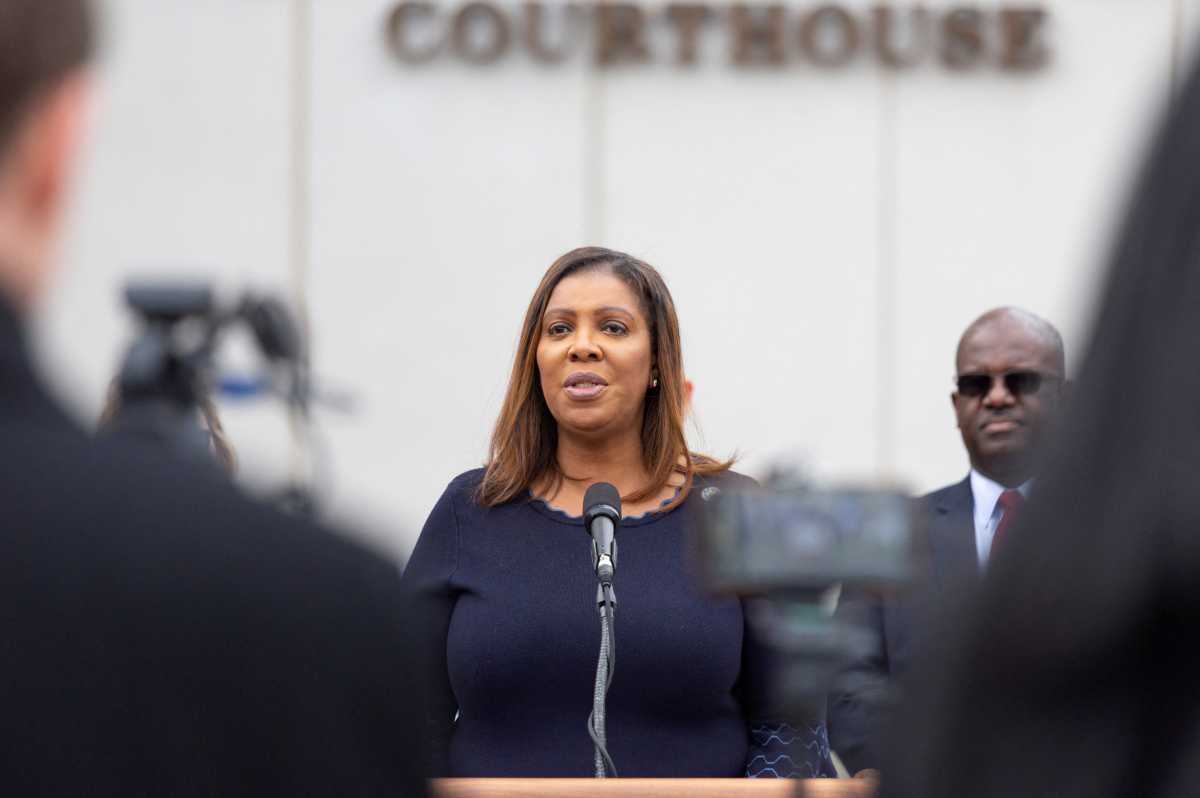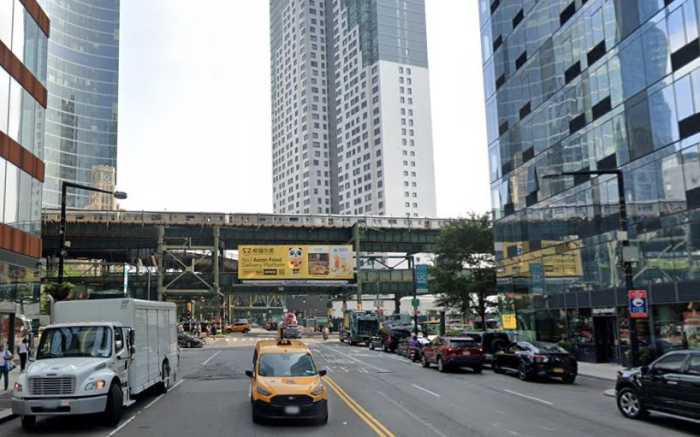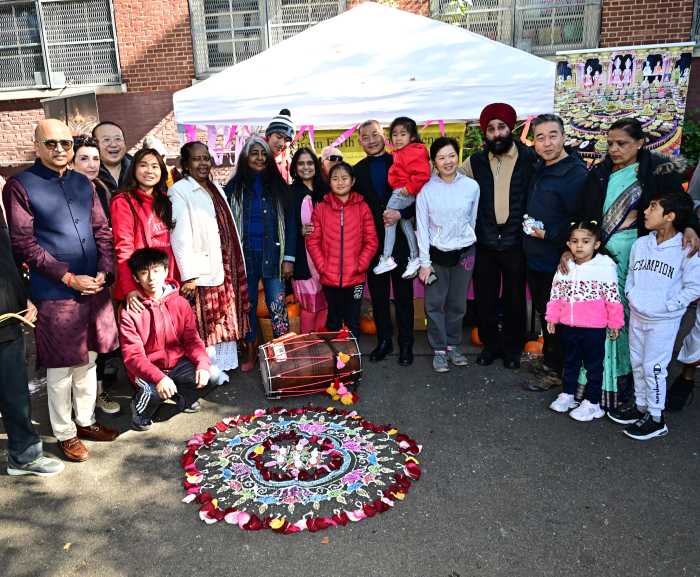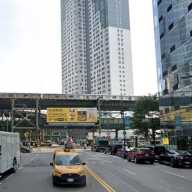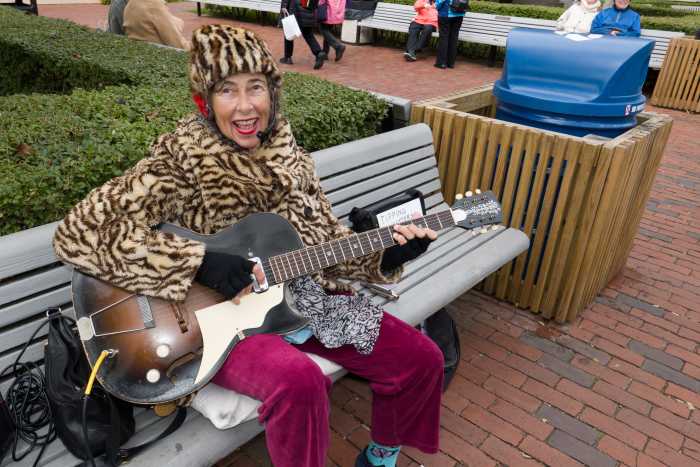By Howard Koplowitz
In the years before the Sept. 11 attacks, the borough’s Sikh community lived in relative peace with their neighbors.
But since then, Sikhs have had to contend with harassment, confusion over their religion and, in some cases, vicious hate crimes.
And in the 10 years since the terrorist attacks, Sikh community leaders say the situation has not gotten better.
“The last 10 years have been very difficult for the Sikh community,” said Amardeep Singh, director of programs for the Sikh Coalition, an advocacy group based in Manhattan.
Sikhism is the world’s fifth-largest religion and was founded in the Punjab region of India – accounting for 2 percent of the southeast Asian nation’s population.
Since the 1970s, Sikhs started leaving India for New York City, where they congregated in large settlements in the Richmond Hill and South Ozone Park neighborhoods of Queens.
Jagir Singh Bains, a Sikh community leader and member of Community Board 8, said Sikhs had little to fear before the Sept. 11 attacks, although he said some in the community had their homes destroyed and a couple of Sikhs were beaten up in the late 1970s during the Iran hostage crisis.
What led to those attacks more than 30 years ago were also the same reasons Sikhs were targeted after the Sept. 11 attacks.
The Sikh faith mandates adherents to wear a turban and never cut their long beards, which led to non-Sikhs mistaking them for Muslims or terrorists since the Sikh dress resembled that of the Taliban.
“After 9/11, there was a misunderstanding toward the Sikh community,” Bains said. “The people thought that Sikhs were a part of the terrorists who attacked the World Trade Center because they had the turbans and the beards.”
Dhan Singh, a Sikh community leader in the borough, said there is still ignorance about the Sikh religion.
“The misunderstanding is still there,” he said.
The most brutal attack against a Sikh in Queens occurred July 11, 2005 in Richmond Hill when Rajinder Singh Khalsa was beaten up by four Long Island men and another from Queens after the men came out of a catering hall to celebrate a Christening of one of the men’s daughters.
The men confronted Khalsa and his cousin, calling their turbans “dirty curtains” before beating Khalsa, leaving him with multiple fractures to his eye and face, which was swollen and bruised.
Besides physical attacks, Sikhs were subject to crude comments about their appearance and Sikh children have been bullied in schools.
“Girls and boys, their hair were cut in school,” Bains said.
Amardeep Singh said there have been about 208 instances of school bullying among Sikh children in Queens, including 20 percent where there was some element of physical violence.
He said racist attitudes toward Sikhs among adults are absorbed to their children.
“These attitudes are not only prominent, but they are handed down to our children,” he said.
While mistrust toward Sikhs has not slowed down since the attacks, Amardeep Singh said, there are some areas of hope.
Amardeep Singh said people in decision-making positions, such as the media and elected officials, are now more aware of the Sikh community’s issues since Sept. 11.
“The [Sikh] community works with these institutions to address community concerns,” he said.
Sikhs in Queens are also doing their part to stop the misunderstandings by donating books about their religion to all 62 of the borough’s library branches.
Each branch now has about 30 to 35 books each on Sikhism.
“We’re doing this to promote the Sikhs’ identity,” Bains said. “This is the proper way of telling the people what the Sikhs stand for.”
Reach reporter Howard Koplowitz by e-mail at hkoplowitz@cnglocal.com or by phone at 718-260-4573.


